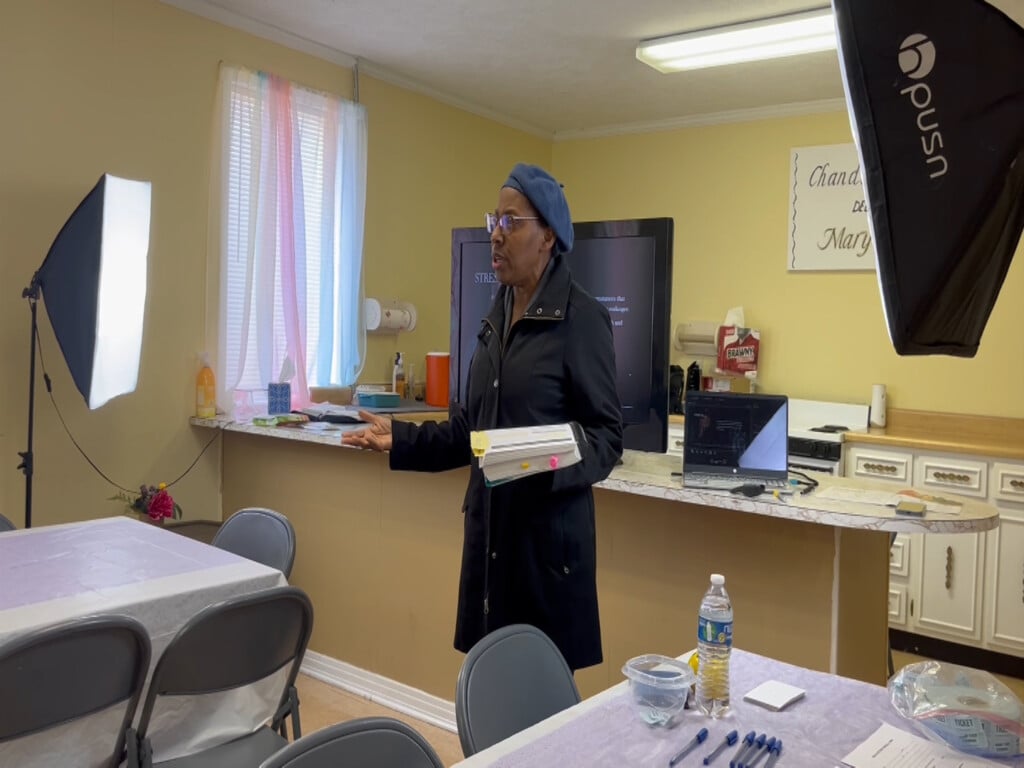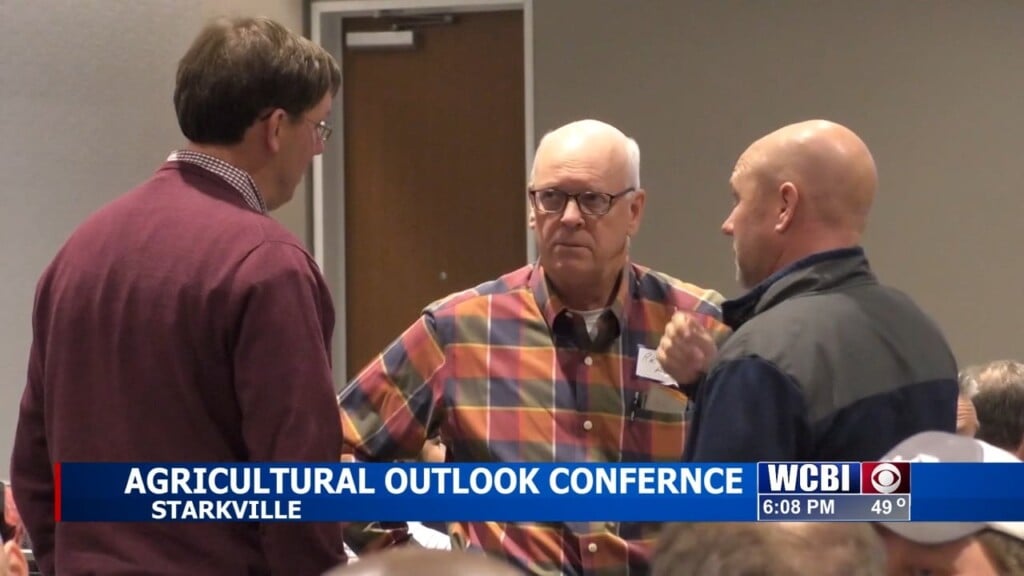Paycheck Protection Program billions went to large companies, missed hot spots
The rush to distribute nearly $350 billion in federal aid from a popular — and now empty— small business relief fund resulted in the government sending billions to areas of the country with relatively few novel coronavirus cases, to companies in industries that have not been the hardest hit by the shutdown, and to companies that are not even small businesses.
So where did the Paycheck Protection Program’s ultra-low-interest loans to small businesses go so quickly? Here are early details from the latest available U.S. Small Business Administration data:
- Businesses in Texas got more PPP loans than any other state, although Texas has nearly 16,500 COVID-19 cases, or the tenth biggest coronavirus disease caseload in the U.S, according to Friday data from the Centers for Disease Control and Prevention. New York, with about 216,000 cases, by far the most of any state, ranked fourth in the number of PPP loans.
- The owner of the Ruth’s Chris Steak Houses chain got $20 million from the small business loan program, despite having more than 5,000 employees and $468 million in revenue last year. It is one of more than 50 publicly traded companies that have already disclosed nabbing nearly $250 million in PPP funds.
- Construction businesses received the most aid of any industry from the PPP, more than the Main Street retail stores that have essentially shut down and become the public face of the coronavirus recession. Construction firms, meanwhile, have been deemed an essential business in all but six states, allowing most to continue operating.
University of Chicago Booth School of Business accounting professor Micheal Minnis has co-authored a preliminary study on the Paycheck Protection Program and set up a website tracking the program and its loans. He sees few links between where the biggest economic need is during the COVID-19 crisis and where the government funds are going.
Instead, Minnis said, PPP loans appear to be going to the eligible firms most able to retain their workforces, even before receiving assistance. “The irony of the program is that if your businesses was still operating and had a large payroll you got more money,” Minnis said. “The worst-hit firms had already laid off some or all of their people by the time the program got started, so they may not have gone for it.”
Some $350 billion gone in less than two weeks
The U.S. Small Business Administration announced on Thursday that the Paycheck Protection Program wouldn’t be accepting any more applications. The agency reported approving nearly 1.7 million PPP loan applications, and that the $349 billion earmarked for the loans had been “exhausted.” The fund opened for applications less than two weeks before it was drained.
The PPP loans charge a mere 1% interest rate, and the interest on the loans does not have to be paid for the first six months. The program is focused on helping businesses with 500 or fewer employees.
But the program allocated loans based on payroll on a first-come, first-serve basis. Applicants had to check a box that said they thought their companies would be impacted by the coronavirus, but didn’t have to say by how much or prove it that was the case. Minnis says that’s what set the program up for what he calls disaster.
Based on those criteria, Minnis estimates the PPP would need to be more than doubled, to $720 billion, in order to satisfy all of the small businesses in the U.S. that could be eligible. If the fund had been means-tested, Minnis believes, it might have been able to satisfy all its requests without being refunded.
“With no means testing, it is most certainly not the case that the firms that got the money needed it the most,” said Minnis. “There are going to be many firms that need help badly that are still in line.”
Stimulus payments are big in Texas
Texas was an early winner in the Paycheck Protection sweepstakes. Businesses in Texas collectively were approved for 134,737 PPP loans totaling just over $28 billion, according to data released Thursday evening from the SBA. That was nearly 22,000 more loans than granted to small businesses in California, which had the second greatest number of loans but the top statewide total amount, $33 billion. Nearly 82,000 small businesses in New York got PPP loans, for a total of just over $20 billion.
From his headquarters In San Antonio, Texas, Frost Bank CEO Phil Green said his bank has been busy taking applications for PPP loans since the first day of the program. He said he switched all employees not working on essential bank business to processing PPP loans. “If you weren’t working on essential bank business, you were working on PPP,” Green said. “We wrestled the program to the ground.”
In the end, Green says 10,600 of his mid-sized bank’s customers ended up getting approved for PPP loans for a total of $3 billion, close to the amount of loans processed by some of the nation’s much larger banks. According to SBA numbers, Green’s loan approvals would rank his bank 14th among all banks in the U.S. in terms of loan approvals.
Green said he didn’t think the program’s first come, first serve policy lead to firms getting money they did not deserve. “There are very few businesses that were not hurt by this,” said Green. “So it’s very hard to say money is going to firms that don’t need it.”
Oxford Economics recently did a study of what states it thought would be most impacted by the coronavirus economic slowdown. Texas ranked 32. One reason was because Texas had relatively few workers on small business payrolls as a percentage of the state’s overall employment.
Gregory Daco, Oxford’s chief U.S. economists, said the drop in oil prices wasn’t factored into his firm’s study, but he said even if that was included, Texas would not rank among the states most impacted
“The bigger firms were better equipped to get the Paycheck Protection loans,” Daco said. “A family-run restaurant with less than 10 employees probably did not have the ability to act quickly enough to get a loan.”
Not quite small businesses
The Paycheck Protection Program was in general limited to companies that had 500 employees or less. An exception was given to companies in the hotel and restaurant industry. A number of large restaurant chains appear to have taken advantage of the exception.
The owner of Ruth’s Chris Steak Houses, for example, got $20 million from the small business loan program, despite having more than 5,000 employees and $468 million in revenue last year. That was double the $10 million limit that any one borrower was supposed to be allowed to receive from the fund. Ruth’s Hospitality Group applied for loans for two of its divisions separately.
Other restaurant chains taping the PPP fund include the sandwich chain Potbelly and the U.S. division of Kura Sushi, which has over 450 locations in Japan, where its parent company has a stock market value of $800 million. The Shake Shack chain also said it got a $10 million PPP loan, despite laying off 1,000 employees. The Paycheck Protection Program is supposed to encourage companies to retain and keep paying employees even if businesses were shut.
But even outside the hospitality industry a number of not-so-small businesses were able to land PPP loans.
Quantum, a publicly traded company that makes computer storage devices, disclosed on Friday it had gotten a $10 million loan from the Paycheck Protection Program. Quantum is 16% owned by a $500 million investment firm that specializes in buyouts. It reported more than $400 million in sales last year and its CEO, Jamie Lerner, was paid nearly $2.3 million in 2019. The company’s most recently filed annual report said it had 800 employees.
Nor is the company shut down. A note on the company’s website says that Quantum is “providing ongoing service” to its clients, and that “all employees are expected to work remotely.”
A Quantum spokesperson said that company is a small business as defined by the loan program, and that its revenue fell as much as 13% in the first three months of the year due to the coronavirus. “The PPP loan is saving jobs at Quantum,” said the spokesperson. “Without it we would most certainly be forced to reduce headcount.”
Construction firms pry open PPP fund
Even though retailers, hotels and entertainment companies have been the worst hit by the coronavirus, they aren’t the companies getting the most assistance from the Paycheck Protection Program —or even the second most frequent recipient.
According to SBA data released Friday afternoon, construction companies got nearly $45 billion in PPP funds nationwide, more than any other industry. That was nearly 50% more than the hotels and restaurants, which collectively received $30 billion in assistance from the program nationwide.
Construction firms have certainly lost business, but they are considered more equipped to continue to operate than other industries. Indeed, construction companies have been deemed essential businesses that can operate in 44 states.
Professional services have also gotten a large share of PPP funds, despite the fact that it is an industry in which working remotely is more common and easier than many others. Small business deemed to offer professional, scientific or technical services have gotten just over 200,000 loans from the Paycheck program, or just over $43 billion.





Leave a Reply